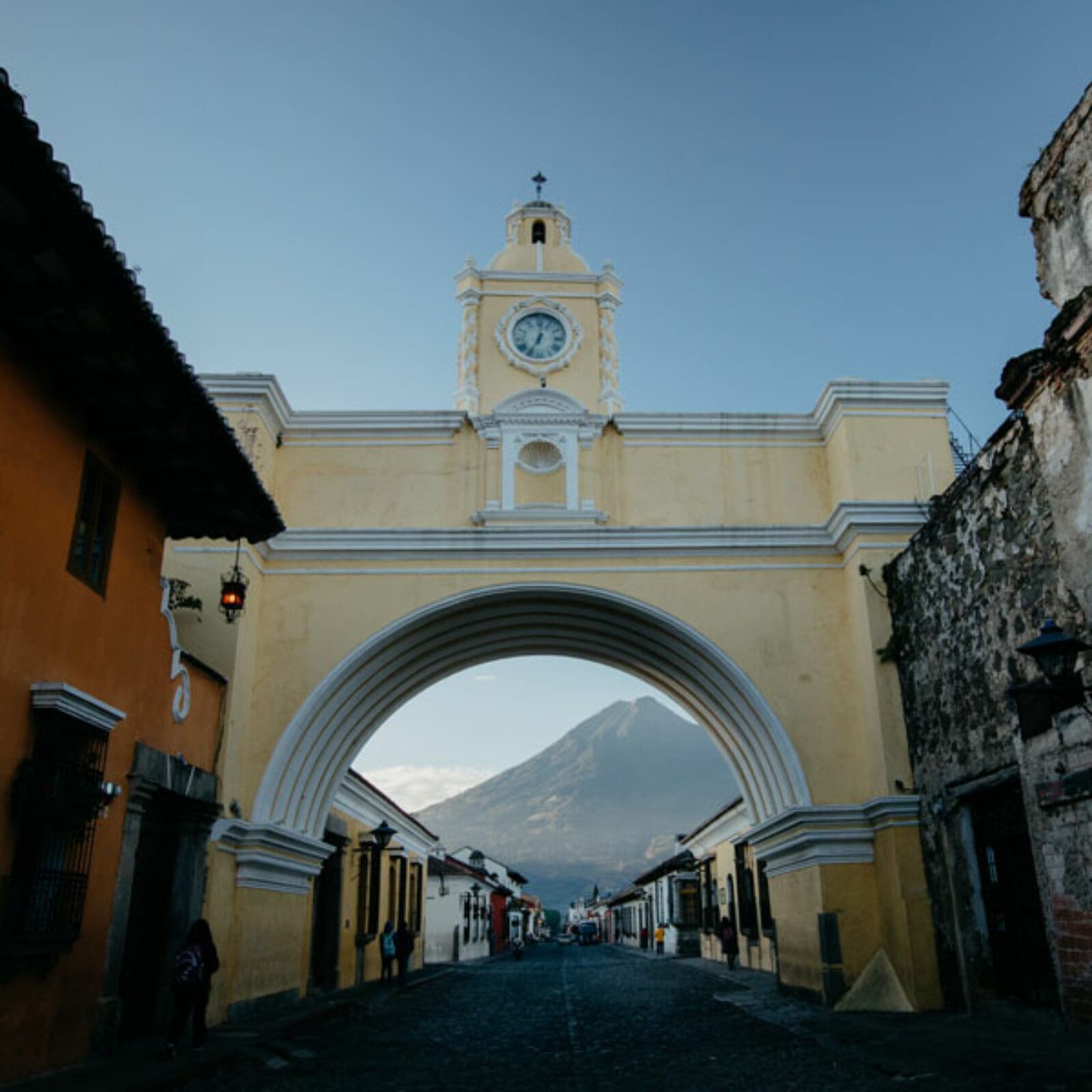Something I realized this past month is that I had never actually seen a shepherd leading a flock of sheep before. In America, if you even see large flocks of sheep, there are fences surrounding the fields where they graze, keeping them contained. Well, that changed during the month I spent in Lesotho. The small, mountain city of Mokhotlong and much of the country of Lesotho could be partially characterized by the shepherd culture found there. The country relies on diamonds, water and wool to sustain the economy, so naturally, there is a large population of sheep. Unlike the American sheep that I have seen on occasion, the sheep in Lesotho have no fences and therefore require a shepherd. When I first saw one of these men, I was quite shocked. A REAL LIFE shepherd???
I then asked myself, “Why are shepherds so familiar to me when I haven’t ever actually seen one before?” I quickly realized that the reason I know of shepherds and am familiar with some facts about them is because they are such a common descriptor used in the Bible to communicate truths and create imagery. I’ve grown up hearing that the Lord is our shepherd, seeing that followers of Christ are compared to sheep, and knowing one of the “I am” statements to be “I am the good Shepherd.” After I had determined this, I made a point to observe the way that these men led their flocks for the time we lived in Mokhotlong. Who knows? This may be the only opportunity I get in my life to see the relationship of shepherd to sheep in real life, and the Bible will always have these comparisons.
Throughout the weeks spent in this city, anytime a flock of sheep passed by, I was on alert, especially when we were on the outskirts of town where the open pastures were. Each and every time I watched, different verses in Scripture were brought to mind, based on what I was seeing.
“The Lord is my shepherd; I shall not want. He makes me lie down in green pastures. He leads me beside still waters.”
(Psalm 23:1)
“We are His people and the sheep of his pasture.”
(Psalm 100:3)
“I am the good shepherd. I know my own and my own know me, …”
(John 10:14)
“Jesus said to him, “Feed my sheep.”
(John 21:17)
“All we like sheep have gone astray; we have turned—every one—to his own way”
(Isaiah 53:6)
“What man of you, having a hundred sheep, if he has lost one of them, does not leave the ninety-nine in the open country, and go after the one that is lost, until he finds it?”
(Luke 15:4)
It felt like I was seeing Scripture in real life. I knew that it was a common image, but was still surprised at just how often sheep and shepherds are mentioned in the Bible to illustrate a multitude of truths. I was reminded of so many passages and felt that these interactions allowed me to visualize in a different way and understand things on a new level.
For example, one specific day, a few of us went on a hike into a valley just outside of the city. The scene in this valley seemed almost too beautiful to be real. The hills slope downward towards a winding river. On the opposite side of this river are steep cliffs extending straight upward into the sky. The colors in every direction are delicate, pastel greens and blues and yellows and neutrals. The details in the rock faces on the cliffs are patterned with such intricacy. The river runs quickly in some places with crystal clear water bubbling over perfectly smoothed stones, and in other places the surface of the water is so glassy that the slightest touch would send ripples bursting outward. Lush weeping willow trees of the softest green line the river and their long branches dance softly in the breeze. Peace. Solitude. Quiet. Still. Calm.
I hope these words have created a picture in your mind. In taking in my surroundings, it suddenly hit me that this feels like Psalm 23. I soaked it in, wanting to remember this image forever. I didn’t have to imagine the sheep there long. A small flock of sheep soon came wandering into the valley, slowly making their way down until they were next to the stream. They were followed by a shepherd. Once the sheep had found a nice grassy area near the stream to continue their grazing, the shepherd settled himself at a bit of a distance, up on the rocky hillside overlooking the river. I was stunned by the beauty of it and watched intently until we left. Questions were running through my mind. Do the sheep remember that he is there? Can they be at such peace because they have never had to fear anything? Does the way he guides depend on the setting? Does he have a “call” that the sheep know? Does he lead a lonely life? What dangers are present? What length will he go to to save a wandering sheep? I pondered these questions for days. Maybe, that is the point of imagery.
Something that has amazed me for some time now is the unique ways that God has chosen to reveal truth to us. It occurred to me at one point that the comparisons and images we see throughout the Bible to teach us lessons are designed by God. Could it be that something was designed to perfectly reflect a truth about God, so that we could better understand it?
Could it be that grape vines were perfectly designed to show us what it means to abide and what happens if we do not?
Could it be that the process of refining silver was designed to demonstrate to us what sanctification looks like?
Could it be that the way a shepherd leads a flock of sheep was designed to illustrate to us the loving care and guidance of our God?
I think yes. It’s not that these things just existed, and God thought “Oh, silver would be a good comparison… I’ll use that to describe sanctification.” No, I think He purposefully designed it to reflect Himself so that our finite brains could, in a small way, understand profound truths about Him. In his timing and as He sees fit, He shows us that there is not much here on earth that does not reflect Him in some respect.
After making the above observations, I want to go deeper. I ask, “Why?” Why is Scripture written this way? Why the imagery? Why the comparisons? Why is it not all just straightforward fact and truth?
Recently, the Lord has been giving me an answer, at least in part, to those questions. I just finished reading a book called “Enjoying the Bible: Literary Approaches to Loving the Scriptures” by Matthew Mullins. The theme throughout the book is how we, in our modern world and intellectually focused age, have lost the art of reading. We are often on a search for information, a key point, or something to take away and apply to our lives. That is undoubtedly how we learn and grow, and while this approach is certainly necessary, the focus has resulted in a loss of something else. Mullins says, “The Bible is not just a message to be interpreted but an experience to be had.” There are many parts of the Bible that are informational and instructional, but there are other parts that are literary and poetic. Why is that? Mullins writes,“The purpose of literary text is to activate our imaginations, to encourage us to pause, to wrestle, to reflect.” He later says,“If they [the Scriptures] are, in fact, literary and thus designed to fire our imaginations, they they can also furnish us with a picture to desire if we will only begin to read them like that, to read them for delight, pleasure, and love, to read them not only with our heads but also with our hearts.”
Literature exists for more than information. It is something to enjoy, to delight in, to savor.
(I obviously cannot capture the full message of this book in my own words and a few paragraphs, so, I recommend reading it. It is an awesome source if you want to learn more in depth what it means to “delight” in scripture and gain some tools to help practice that art.)
Naturally, after everything I’ve described, the first part of Psalm 23 was heavily on my heart for these days. I meditated and pondered what those specific words mean. I found that the Psalm was such a comfort in a way I have never known. Between the new mental image I had and the things I was learning in the book mentioned above, I found myself asking such specific questions that had never crossed my mind before.
What does it mean to be in green pastures?
Do I always seek satisfaction in the Lord?
What does it feel like to have your soul restored?
When have I experienced being beside still waters?
Where can I see the evident guidance of the Lord in my life?
Does this mental image now represent peace to me?
When has it felt like He isn’t near and at more of a distance?
Must I blindly trust my shepherd when I can’t see, even if it feels dark and full of danger?
Can I truly release control and rest in his guidance?
Hasn’t he led me faithfully, even when I haven’t paid attention to Him?
Hasn’t he protected me and kept me from harm even when I disregarded his presence?
What does a path of righteousness look like?
Do I always act as though my sole purpose is to bring glory to His name?
Do I find comfort in Him or do I try to turn to other things?
Some of these questions have an easy answer while others require thought, wrestling and self-examination. I think that is the point of imagery in Scripture: to produce thought, to provoke questions, to stir up imagination, to make us contemplate and reflect.
This is all very new to me and I am learning to slow down in the way I read Scripture. To try to imagine things with the details that I described the valley in Lesotho. To really ask questions and consider every single word. To study the comparisons and descriptions used. The Word of God has such unfathomable depth.
I encourage you, as you read the Bible, to picture yourself there. Ask questions. Focus on the details. Why are those words used? Why this comparison? Why these descriptors? How does this person feel in this situation? How would I feel if I were in this situation? Experience it. Let the truth found not only guide you and teach you, but comfort you and bring you delight.
As always, thank you for following along and reading these posts! I love having a place to share what the Lord is teaching me.
Until next time,
Emma








Emma! What insights to the Scriptures concerning the 23 Psalm. This Psalm has been brought to my attention several times lately. I am going to take some time to allow God to really speak to me with these verses. Thank you for sharing. Pray we will be seeing you soon.
Hi Sweet Liz, This is amazing….thank you so much for sharing your revelation so deeply. I am truly transported to where you are by the imagery you use. I love that you are breathing in the Bible in such profound ways. I’m sure that our Father God is so pleased too. He loves to reveal Himself to you in His Word. We love you so much! We hope that Africa is all that you’ve imagined. Praying for you every day.
Wow, Emma! Can I just say ‘this is my favourite post!’ Thank you for sharing your thoughts! It encouraged me to savour my time in God’s Word and to take time to reflect. Your thought-provoking questions actually bright tears to my eyes as I took them to heart. You’re such a gem! Thanks!
1. You’re so gifted; it’s kinda crazy. 2. I always look forward to your blogs, but this is by FAR my favorite. Thanks for sharing the abundant wisdom He gives you!
Thanks for this beautiful post Emma. Love the imagery you painted with your words and the challenging questions you gave for me to ponder – this was excellent. I want to read it again and again – it’s that good and thought provoking!!!